Édouard Deville
by Victoria JL Fisher
This is a theodolite designed by Édouard Deville who was the Surveyor-General of Canada from 1885 to 1922, and then the Director General for the Bureau of Surveys until his death in 1924. French by birth, Deville began work as a surveyor in Quebec in the late 1870s, but quickly rose to appointment putting him in charge of the Dominion Land Surveys, an effort to fully survey the then-largely unsurveyed western provinces of Canada, with the ultimate goal of dividing up land into regular roughly-rectangular portions for settler homesteads. Although some very limited Indigenous claims were supposed to be codified, the surveys also resulted in the dispossession of many peoples from their traditional lands due to both government policy and unscrupulous local actions.
Deville devised and improved numerous surveying instruments and techniques during his career. This included quite simple substitutions—the replacement of wooden posts with iron ones—to introducing procedures to calibrate surveyor’s chains, to the design of complex instruments like a ‘stereoplanigraph’, an instrument designed to measure angles and extract survey information from photographs, which in Deville’s later years formed the focus of his work.
The Deville-pattern transit theodolite was one of Deville’s improvements. Developed by 1912, it became the standard instrument used by Canadian surveyors on Block or Base Line Surveys, which was the larger scale of the Dominion Land Survey. Among other features, it had a broad telescope objective and electric illumination of dials and scales, was designed for use in poor light conditions—whether too bright daylight to easily find stars with a lower powered scope, or too dim to read when making observations to determine latitude at night.
Deville also designed a more precise instrument, intended to conduct work at the subdivision level of the survey, offered even more precision, with an even broader but shorter telescope. It was this instrument, first in four- and then in five-inch models, that was sold as the D.L.S. (Dominion Land Survey) pattern by its manufacturers.
In the 1900s, there were few instrument makers in Canada capable of turning out large quantities of high-quality transit theodolites. Makers such as Hearn & Harrison and James Foster did supply the government, but were relatively small operations. Most government orders, then, were ordered to design from British makers, including Troughton & Simms and T. Cooke and Sons, two companies that merged in 1922.
Timeline
1875 – Édouard Deville begins working as a surveyor and astronomer in Quebec.
1880 – Joins the Dominion Land Survey surveying and dividing land across the western part of Canada, particularly in Manitoba, Saskatchewan and Alberta.
1881 – Deville appointed Inspector for Dominion Land Surveys.
1885 – Deville appointed Surveyor General of Canada.
1889 – Deville publishes a book on surveying with the use of cameras (photogrammetric surveying), “Photographic Surveying”.
1896 – Deville developed the “Stereoplanigraph”, an instrument intended to assist with the use of photographs to do surveying.
1922 – Became Director General for the Bureau of Surveys
1924 – Dies September 21, 1924.
Selected Sources
Augustus, Camie. “Métis Scrip” Our Legacy (https://digital.scaa.sk.ca/ourlegacy/exhibit_scrip 09-01-24])
Barnett, D.E. “Deville era: survey of the western interior of Canada” Alberta History Vol. 48 No. 2 (Spring 2000)
Stanley, W.F. Surveying and Levelling Instruments – Theoretically and Practically Described (E. & F.N. Spon Ltd, 1914)
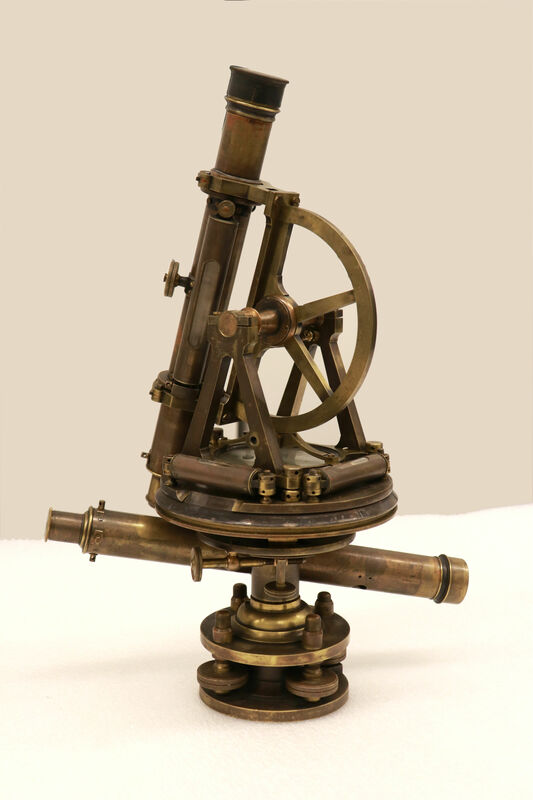
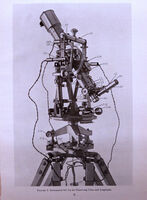
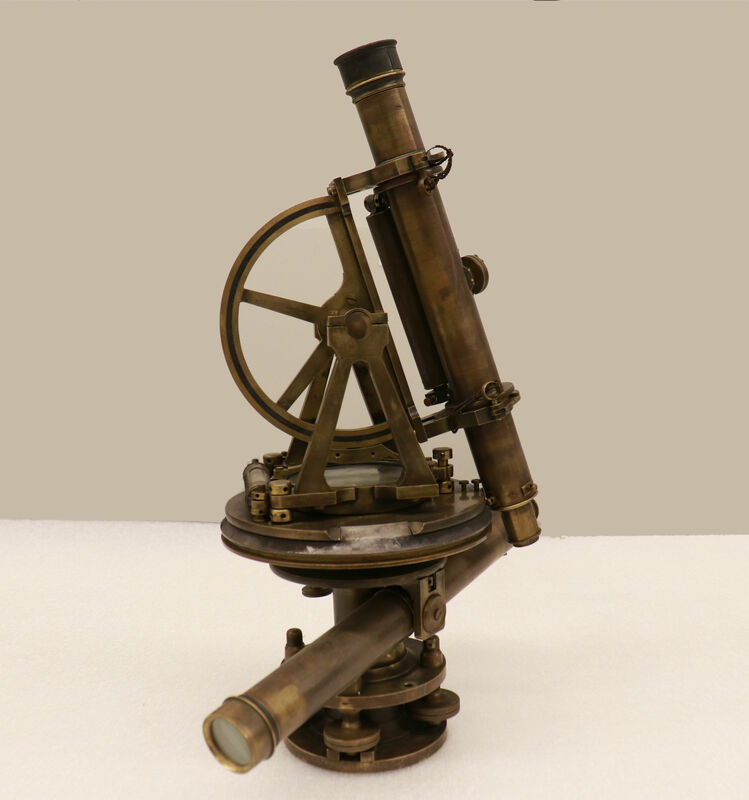
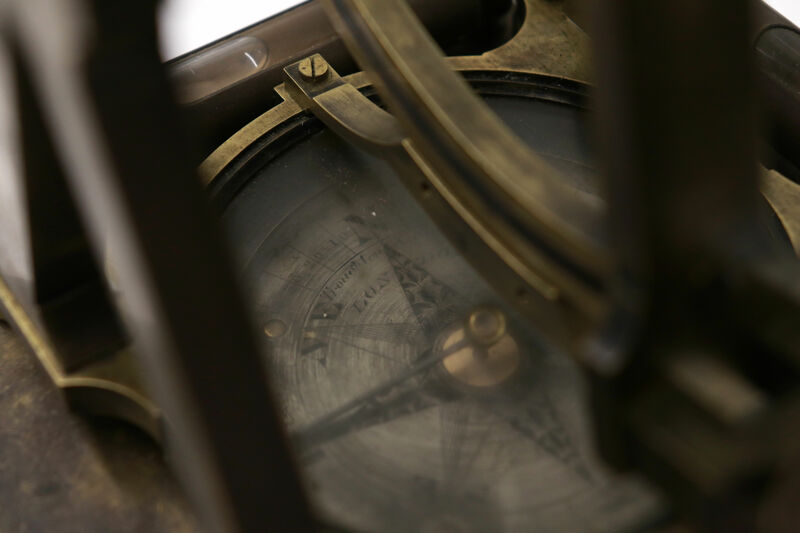
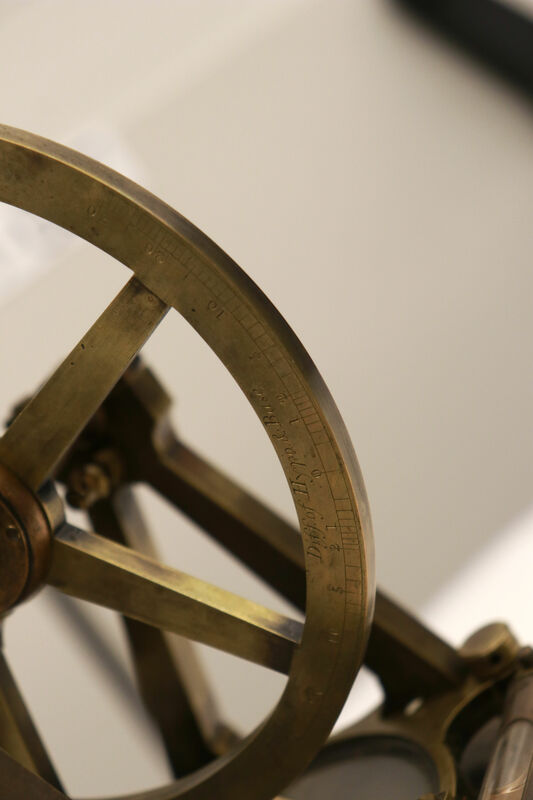
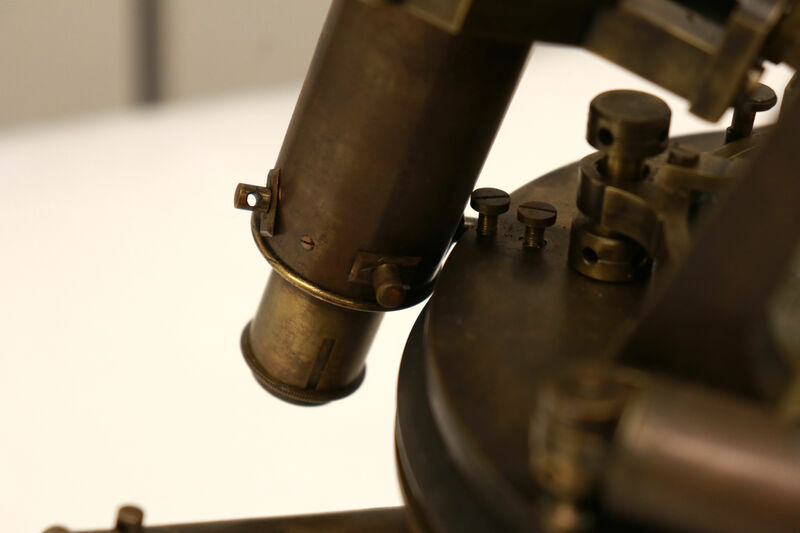
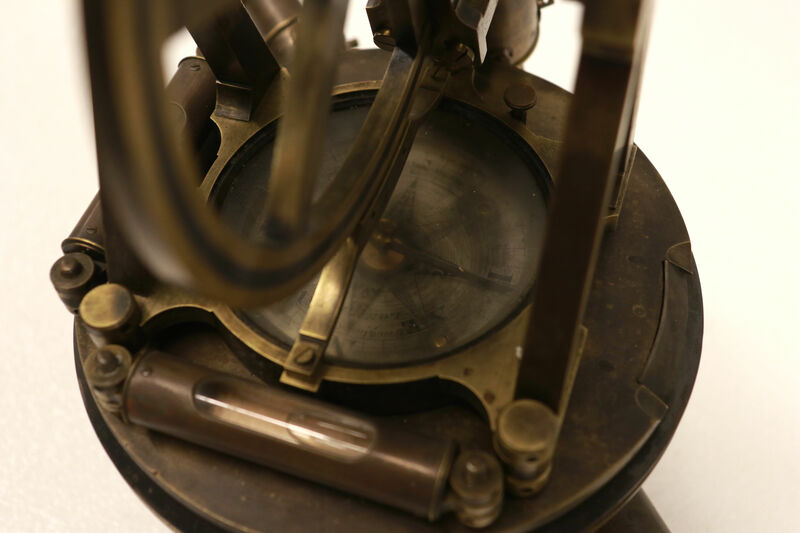

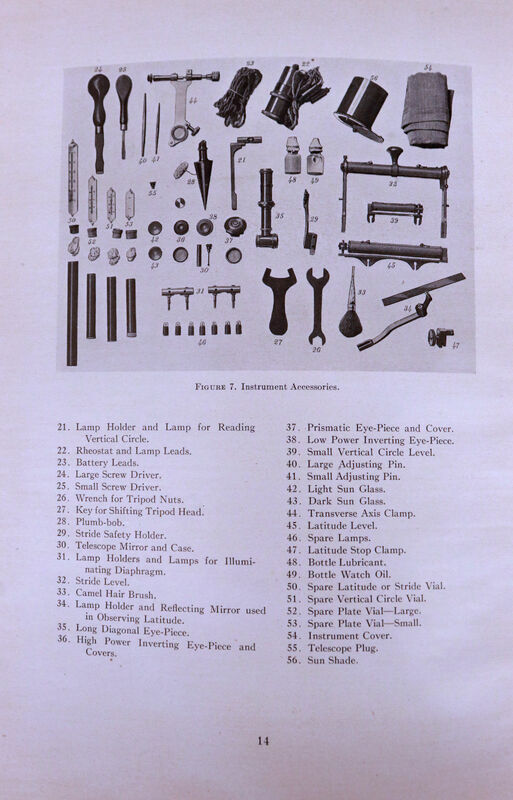
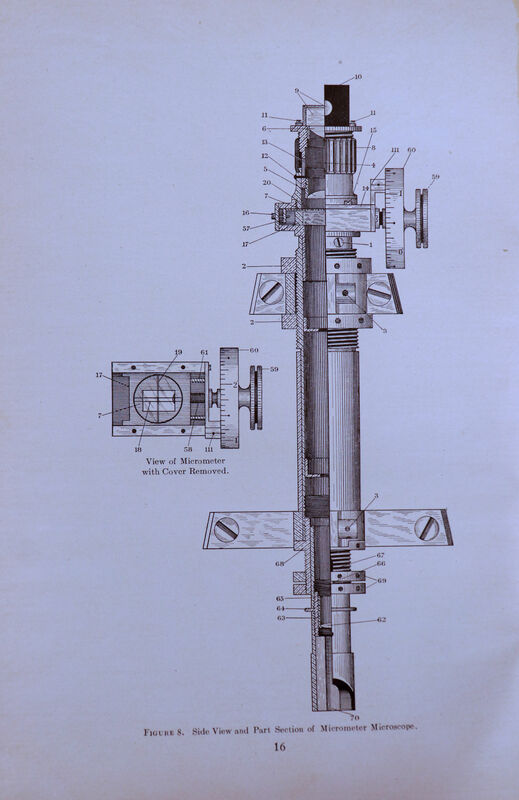
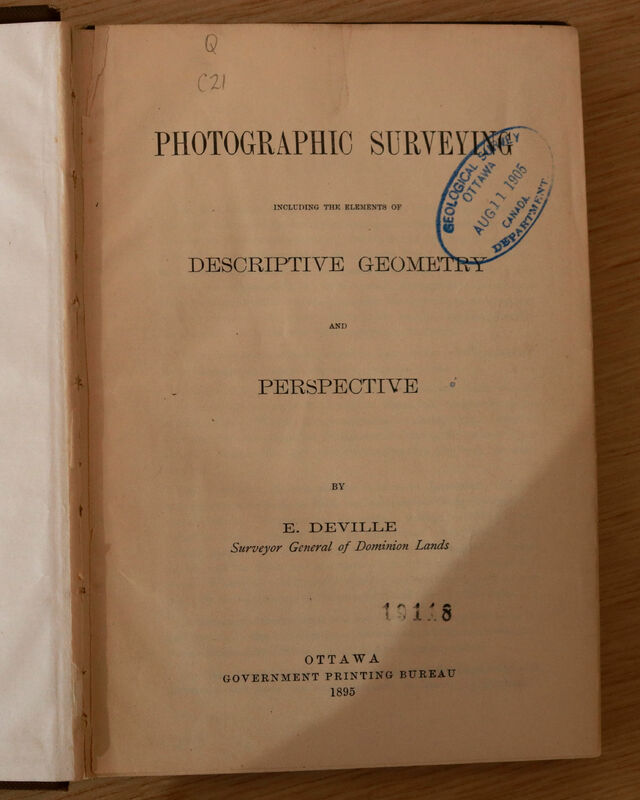
 Deville-Pattern Block Survey Transit Theodolite
Deville-Pattern Block Survey Transit Theodolite Édouard Deville
Édouard Deville